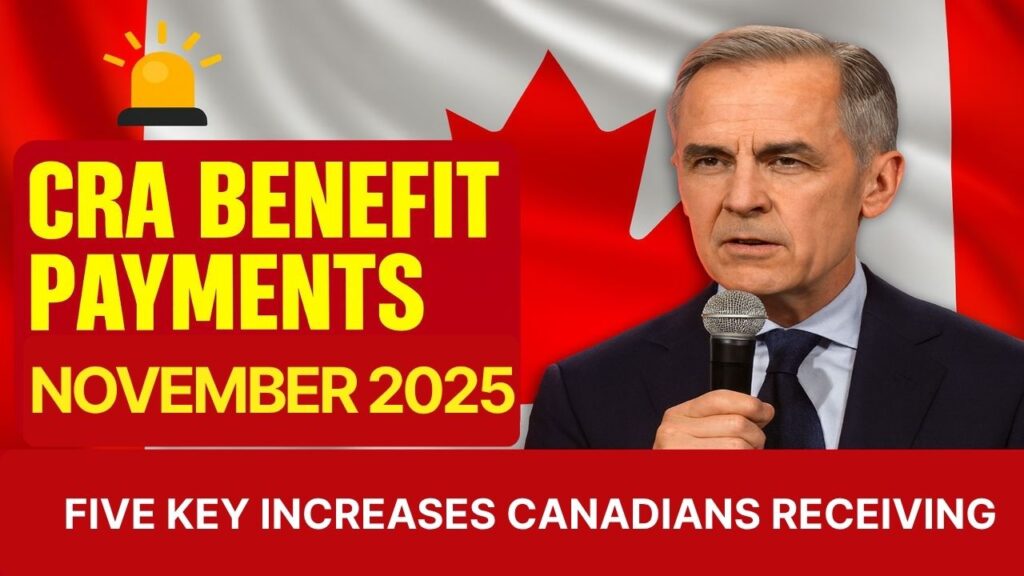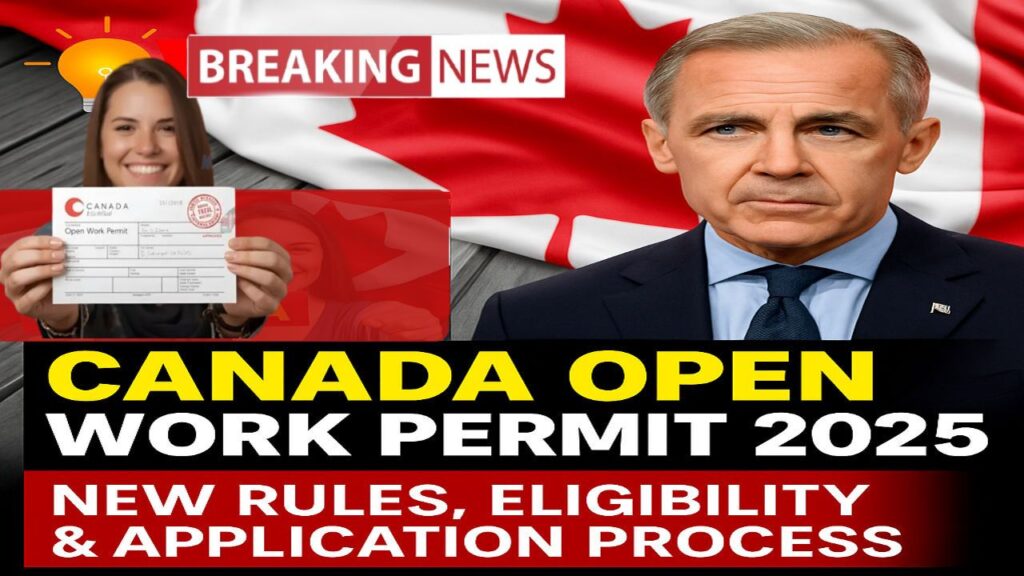Many news articles and social media posts have claimed that Canada is “raising the retirement age to 67” starting October 2025. However, there is no official confirmation that the eligibility age for Old Age Security (OAS) or the Canada Pension Plan (CPP) will rise to 67 next year. The government’s current policy keeps OAS eligibility at 65 and CPP flexible between ages 60 and 70, depending on when you choose to begin receiving payments.
Table of Contents
Below is a detailed guide explaining how OAS and CPP actually work in 2025, how your start age changes your monthly amount, and how to plan effectively for your retirement years.
Canada Retirement in 2025 Quick Summary

Particulars |
Details |
|---|---|
Official Retirement Age |
No fixed legal age; OAS eligibility at 65; CPP available from 60–70 |
Program Type |
OAS – based on residency; CPP – based on contributions |
2025 Maximum CPP (at 65) |
Approximately $1,433 per month |
OAS Amount (July 2025) |
Around $740 for ages 65–74; $814 for 75+ |
Deferral Option |
Both OAS and CPP can be deferred up to age 70 for higher payments |
Application Process |
Online via My Service Canada Account (MSCA) |
Official Website |
What’s Actually Changing in 2025
Although rumors have circulated that the government plans to raise the OAS and CPP eligibility age to 67 in October 2025, the current legislation still guarantees access at 65.
This misconception originated from a proposal made in 2012, which aimed to gradually raise the OAS eligibility age to 67 by 2029. That plan was reversed in 2016, and OAS remains accessible from age 65 today. CPP, meanwhile, allows individuals to begin payments at any time between ages 60 and 70.
Thus, there is no mandatory delay in retirement age Canadians continue to choose the timing that best fits their health, financial situation, and lifestyle.
Understanding Old Age Security (OAS)
Eligibility Requirements
- Must be 65 years or older.
- Must have lived in Canada for at least 10 years after turning 18 (for a partial pension).
- A 40-year residency is required for the full OAS amount.
- OAS is not based on employment contributions but rather on years of residence in Canada.
Payment Details
- OAS payments are indexed quarterly (January, April, July, October) to reflect inflation.
- Seniors aged 75 and older receive a permanent 10% increase to the standard OAS amount.
- Payments are made monthly, typically near the end of each month.
- Benefits are taxable and may be subject to recovery (“clawback”) if income exceeds the annual threshold.
Understanding the Canada Pension Plan (CPP)
How It Works
CPP is an earnings-based pension that replaces part of your income when you retire. It is funded through contributions deducted from your paycheck during your working years.
Key Facts
- You can begin collecting CPP as early as age 60 or delay it up to age 70.
- The standard age is 65, at which most Canadians start receiving benefits.
- The longer you wait, the higher your monthly benefit will be.
CPP Amount Adjustments
Age You Start CPP |
% of Full Pension |
Example (Full = $1,433/month) |
|---|---|---|
60 |
64% |
$915 |
65 |
100% |
$1,433 |
70 |
142% |
$2,030 |
Delaying your CPP means you receive more each month, while taking it early provides smaller payments but for more years.
Comparing CPP and OAS
Feature |
CPP |
OAS |
|---|---|---|
Basis |
Contributions from work |
Residency in Canada |
Start Age |
60–70 (flexible) |
65 (option to defer to 70) |
Taxable |
Yes |
Yes |
Indexation |
Annually (January) |
Quarterly |
Application Required |
Yes (through MSCA) |
Sometimes automatic, or apply online |
Main Advantage |
Reward for delaying to 70 |
Stability and inflation protection |
How to Apply for CPP and OAS
Most Canadians can apply online through their My Service Canada Account (MSCA).
Steps:
- Log in or create an account on www.canada.ca.
- Go to “Public Pensions” and select Apply for CPP or Apply for OAS.
- Provide:
- Government-issued photo ID
- Social Insurance Number (SIN)
- Proof of address and date of birth
- Bank details for direct deposit
- Submit your application and track its status through MSCA.
Processing Time
Most applications take 6 to 12 weeks for processing, depending on verification of documents and banking details.
How to Check Your Pension Application Status
- Log in to My Service Canada Account.
- Select My Applications → CPP/OAS Status.
- Review any updates or additional document requests.
- Update contact information if necessary to avoid delays.
You can also call Service Canada (1-800-277-9914) for support.
Planning Your Retirement Age Wisely
Choosing when to start OAS and CPP depends on:
- Health and life expectancy: If you expect to live longer, delaying can yield higher lifetime benefits.
- Employment situation: If you’re still earning income, delaying avoids unnecessary taxes.
- Immediate financial needs: Early access can help cover expenses but results in smaller monthly amounts.
- Spousal coordination: Couples may benefit from staggering their retirement start ages to maximize combined income.
It’s essential to create a personalized retirement plan that considers not just government pensions but also savings, investments, and workplace pensions.
Key Takeaways
- OAS remains at 65, with optional deferral to 70 for higher payments.
- CPP can start between 60 and 70, with permanent adjustments for early or delayed starts.
- The supposed “retirement age 67” policy is not in effect.
- The average life expectancy in Canada is now over 82, meaning most retirees need to plan for 20+ years of income.
- Applying early and ensuring your documents are complete prevents payment delays.
Frequently Asked Questions
1. Is the retirement age increasing to 67 in 2025?
No. Canadians will still be eligible for OAS at 65 and can begin CPP between 60 and 70.
2. Can I still retire at 60?
Yes, you can take CPP as early as 60, though payments will be permanently reduced by about 36%.
3. What happens if I delay CPP or OAS?
Delaying to age 70 increases CPP by up to 42% and OAS by 36%.
4. Is OAS automatic?
Some people are auto-enrolled, but others must apply through their My Service Canada Account.
5. Are CPP and OAS taxable?
Yes, both are taxable, though tax credits and income splitting may reduce your overall liability.
6. How can I estimate my benefits?
You can use the online calculators available in your My Service Canada Account.
For More Information Click HERE











